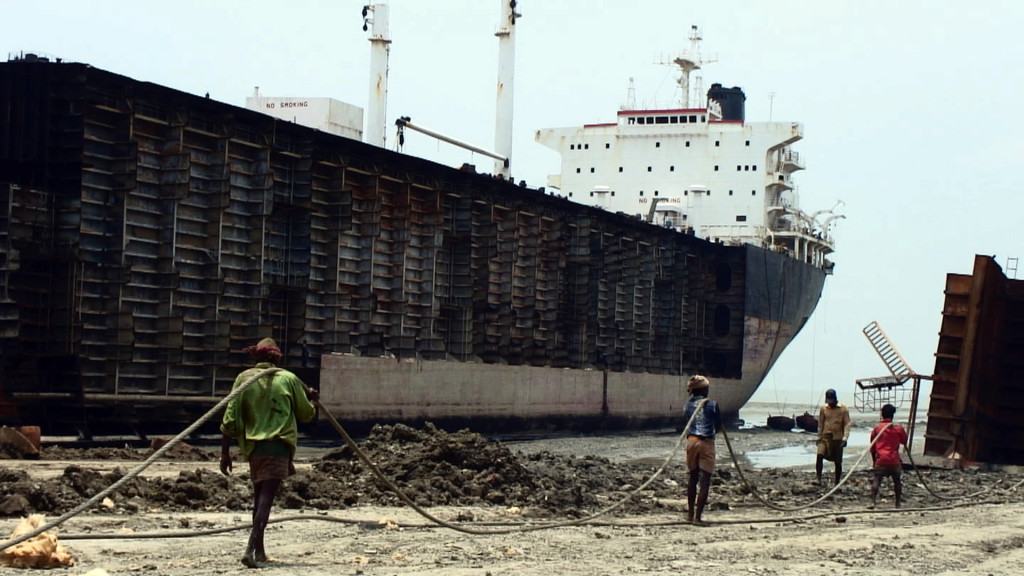A total of six vessels will soon land on the beaches of the substandard South Asian shipbreaking yards in Bangladesh as a number of owners sold their ships to scrap on June 1, according to data provided by VesselsValue.
Built at shipyards in South Korea, Germany and Japan, the vessels, ranging from almost 8,000 dwt up to 170,000 dwt, reached prices of USD 290 to USD 334 per lightweight ton, while the price for one of the ships was not disclosed.
The youngest from the batch, the bulk carrier Exemplar, was built in 2001 by South Korea’s shipbuilder Hyundai Samho Heavy, while the oldest, the bulker Chennai Jayam, owned by India Cements Ltd, was constructed in 1983 at Japan’s Mitsubishi Heavy Industries yard.
The remaining four vessels are Offen Claus-Peter’s 1997-built containership Santa Giulietta, Hammonia Reederei’s 1996-built boxship Galli, NASCO’s 1989-built general cargo ship Xiang Rui Men, and Union Marine Management’s 1988-built car carrier IDM Symex.
40 ships sold to Bangladesh shipbreaking yards in May
Some 40 vessels arrived at the notorious shipbreaking yards in Bangladesh during May alone, VesselsValue data shows.
Out of the 239 large commercial vessels which were sold for breaking in the first quarter of 2016, 189 were beached in South Asia, according to the information collected and analysed by the NGO Shipbreaking Platform.
“Seventy-nine per cent of end-of-life ships ended up on South Asian beaches, making this quarter one of the worst ones in the last years for non-beaching yards around the world,” the Platform said in its quarterly report.
Chinese, South Korean and Monaco owners sold several vessels to Bangladesh where conditions are known to be the worst when compared to the shipbreaking yards in India and Pakistan.
In the first four months of the year, the Platform has documented seven fatal accidents in the shipbreaking yards of Bangladesh – and at least four more workers have been seriously injured.
“The accident record of the first four months shows a wellknown pattern: the most common serious and fatal accidents in the Bangladesh shipbreaking yards are caused by fires and explosions, falling from great heights, heavy parts and iron rods falling and crushing workers, toxic gases, and the rift of iron ropes used to pull heavy parts from the intertidal zone further up the beach. All these accidents are a result of unsafe working conditions and negligence,” the Platform said.
Copyright Ships & Ports Ltd. Permission to use quotations from this article is granted subject to appropriate credit given to www.shipsandports.com.ng as the source.

